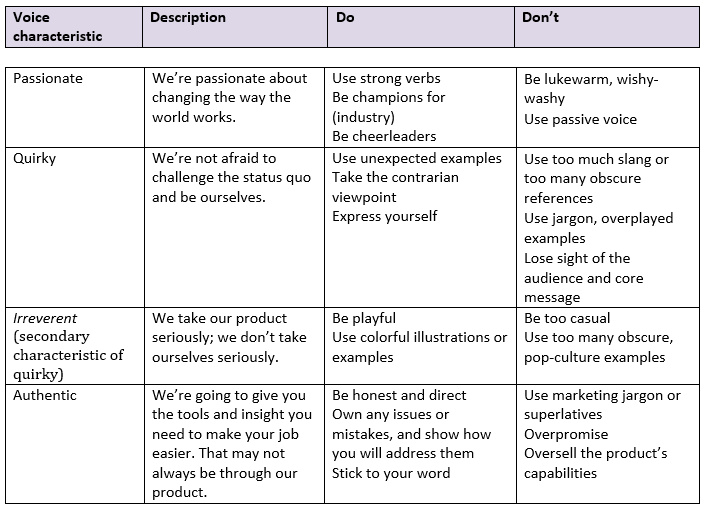Publishing companies promote books written by new and veteran authors with digital and traditional marketing to get the public interested and excited for the latest books. Traditional marketing is when the publishing companies would use newspapers, tv ads, and sometimes billboards to promote a book. Even advertisements on most radio stations reach people commuting in their cars or relaxing in their homes. Traditional marketing may be an excellent way to start promoting, but it may not get to most people. Some people may not have a tv or radio. They might not have to a newspaper stand near them or have a newspaper delivered to their house. This is where digital marketing help with reaching more people anywhere in the world as long as there is an internet connection and a social media account.
Digital marketing is any way for publishing companies and authors can promote books to people. Many people in the digital era do not watch cable tv anymore and prefer to use streaming their tv shows from streaming services. Some of the streaming services do not have advertisements, or the person can skip the ad to get straight to the show. Most people have a social media account with promotions throughout the website that companies pay to have. Some publishing companies can also send an email to people’s email accounts if they sign out for that opinion. To do this, people can put their email addresses on the publishing companies’ mailing lists. People can also re-post something about the book to help authors and publications with promotion. The more people talk about something on their social media account, the more people it reaches. Authors and publication companies have social media accounts to assist with their marketing needs. The accounts can range from Twitter, Instagram, and Facebook, where both the publication and authors can post anything about the book to the public months before release. Digital marketing does have some drawbacks. Some people probably do not have access to an internet connection or prefer not to use technology. They also may not have social media or email account they use regularly. Most people may not be tech-savvy as well. Many people do not have a computer, smartphone, or tablet to access the internet.
Both traditional and digital marketing can be used together to reach people in both ways. There is someone who would rather receive one form of marketing from publishers and authors. It comes down to their preference for advertisements from the two parties. Regardless of their skills with technology or they want to continue receiving mail and buying newspapers, there are many reasons people choose their method of receiving advertisements. Digital marketing may have a negative effect on people buying books from a publication company. Traditional marketing may also have the same impact on people as well. But there might be some positive impact on people from the two forms of marketing. It all depends on how the book is promoted to the public. Which do you prefer receiving from publishers and authors of your favorite books? Would you want to have a digital promotion or a printed one?
